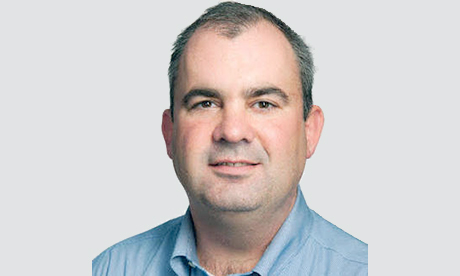The College Chapel at St. Patrick’s College of Maynooth, Ireland, has 454 carved oak stalls for seminarians and priests.
They run in serried ranks down the length of its nave, making it the largest choir chapel in the world.
The church itself is a masterpiece of Gothic Revival, and the ceiling of the church offers a kind of visual catechism, taking worshippers through salvation history by means of painted images.
Since St. Patrick’s College’s founding in 1795 in County Kildare as the national seminary for the Catholic Church in Ireland, it has trained over 11,000 priests—not just for Ireland, but for the global church.
The seminary also inspired two major missionary societies, the first directed to China and the latter to Africa.
Many American Catholics may also remember that the parish priest of their childhood was from Ireland; that man was likely trained in Maynooth.
When construction on the College Chapel began in 1875, Maynooth was the largest seminary in all of Christendom.
It is no accident that the media portrayal in the United States (and many other countries) of a Catholic priest is of an Irish man with a thick brogue.
In 1899, 82 priests “for Ireland, America, and Australia” were ordained at Maynooth.
In the fall of 2017, a new class of first-year seminarians arrived at Maynooth to begin their training for the priesthood.
There were six men.
Ireland in the Coming Times
In total, there are 36 seminarians living at Maynooth this year (another 25 are assigned to Maynooth but live elsewhere).
The decline in priestly vocations in Ireland is paralleled by similarly stark decreases in numbers for men’s and women’s religious orders.
“The decline in vocations is not even the biggest problem we face,” said Stanislaus Kennedy, R.S.C., known throughout Ireland as Sister Stan, a social justice advocate and founder of the charity Focus Ireland, now the largest voluntary organization in the country.
“The biggest problem is the decline in participation by the laity, especially by the young people.”
Recent surveys confirm this, showing steep declines throughout the Republic of Ireland in religious practice and reception of the sacraments.
More than 90 percent of Irish Catholics reported attending Mass at least weekly in the early 1970s; recent surveys put that percentage at between 30 and 35 percent in recent years.
In the Archdiocese of Dublin, it is less than 20 percent, and some urban parishes report weekly attendance as less than 2 percent of the Catholic population.
As many as one in ten Irish now identify as “nones,” claiming no religious affiliation.
The numbers augur an uncertain future for the Catholic Church in Ireland, long a place where Catholicism seemed sure of deep roots and high adherence to practice and tradition.
Will Ireland follow the same trajectory as Quebec? Continue reading
- James T. Keane is a Senior Editor at America.
- Image: America Magazine
